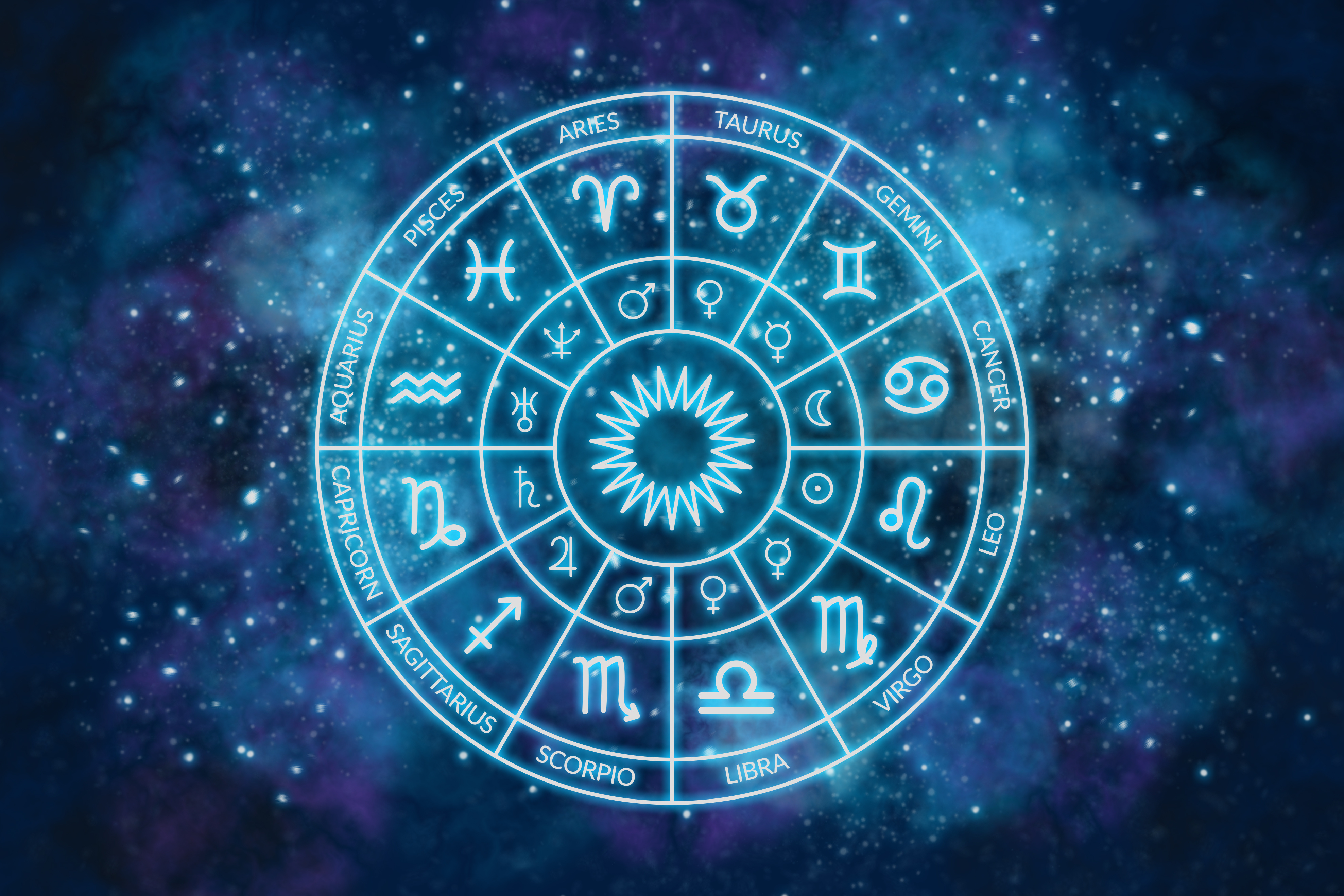What are Zodiac Signs
In order to understand the Zodiac signs, we need to know what ecliptic is. It is the earth that circles the Sun. However, it seems to us from our perspective that the Sun is orbiting around the Earth. This imaginary path is called “ecliptic”.
The term "ecliptic" refers to the apparent path that the Sun appears to follow through the sky as it orbits around the Earth.
The ecliptic is an imaginary line or great circle in the sky that marks the Sun's apparent path during the year. It forms a complete circle around the celestial sphere, taking about one year to complete. This path is inclined at an angle of approximately 23.5 degrees to the celestial equator.
It plays a crucial role in calculating the positions of the Sun, Moon, and planets in the sky and is used to determine the dates of solstices and equinoxes, among other astronomical phenomena.
The zodiac is a belt or band of constellations that appears to encircle the Earth along the path that the Sun, Moon, and planets follow as they move through the sky. This imaginary belt is divided into 12 equal segments, each associated with a specific constellation or zodiac sign.
These signs serve as a fundamental framework in astrology for understanding the positions and movements of celestial objects and their influence on human affairs.
It's important to note that the zodiac signs are not based on the actual positions of the constellations in the sky but rather on an arbitrary division of the ecliptic (the Sun's apparent path across the sky). Over the centuries, due to a phenomenon called precession, the constellations have shifted in relation to the zodiac signs.
As a result, the zodiac signs are more closely associated with the signs of the ecliptic than with the constellations themselves
Zodiac Signs: The zodiac signs are associated with the ecliptic. The 12 zodiac signs, such as Aries, Taurus, Gemini, and so on, are based on the positions of the Sun along the ecliptic at different times of the year. Astrology uses these signs as a framework for character analysis and predictions.
Planetary and Lunar Motion: The planets in our solar system, as well as the Moon, generally move along or close to the ecliptic plane. This is why most celestial events, such as eclipses and planetary conjunctions, occur near the ecliptic.
Precession: Over long periods of time, the orientation of Earth's axis changes due to a phenomenon known as precession. This causes the position of the ecliptic relative to the fixed stars and constellations to slowly shift.
The zodiac is a key component of astrology and is used as a fundamental framework for understanding and interpreting celestial influences on human life and events. The zodiac consists of 12 signs, each associated with a specific period of the year and a set of personality traits and characteristics. These signs are as follows:
Aries (March 21 - April 19)
Taurus (April 20 - May 20)
Gemini (May 21 - June 20)
Cancer (June 21 - July 22)
Leo (July 23 - August 22)
Virgo (August 23 - September 22)
Libra (September 23 - October 22)
Scorpio (October 23 - November 21)
Sagittarius (November 22 - December 21)
Capricorn (December 22 - January 19)
Aquarius (January 20 - February 18)
Pisces (February 19 - March 20)
Western astrologers use the information of the zodiac to calculate Sun signs and a lot more. However, the Vedic astrology is a little different.
In Vedic astrology, the zodiac is also divided into 12 signs just like its western counterpart-however, the signs have different names and slightly different degrees. We call them "Rashis" or "Moon signs." When a person is born, the zodiac position of the moon is called “rashi” or the moon sign. The Vedic Zodiac rashies are:
Aries (Mesha)
Taurus (Vrishabha)
Gemini (Mithuna)
Cancer (Karka)
Leo (Simha)
Virgo (Kanya)
Libra (Tula)
Scorpio (Vrischika)
Sagittarius (Dhanu)
Capricorn (Makara)
Aquarius (Kumbha)
Pisces (Meena)
Planetary Positions: In Vedic astrology, the positions of the planets are calculated with reference to the Vedic zodiac. The primary planets considered in Jyotish are the Sun, Moon, Mars, Mercury, Jupiter, Venus, and Saturn, but the system also incorporates other celestial bodies and points, such as Rahu and Ketu (the North and South lunar nodes).





